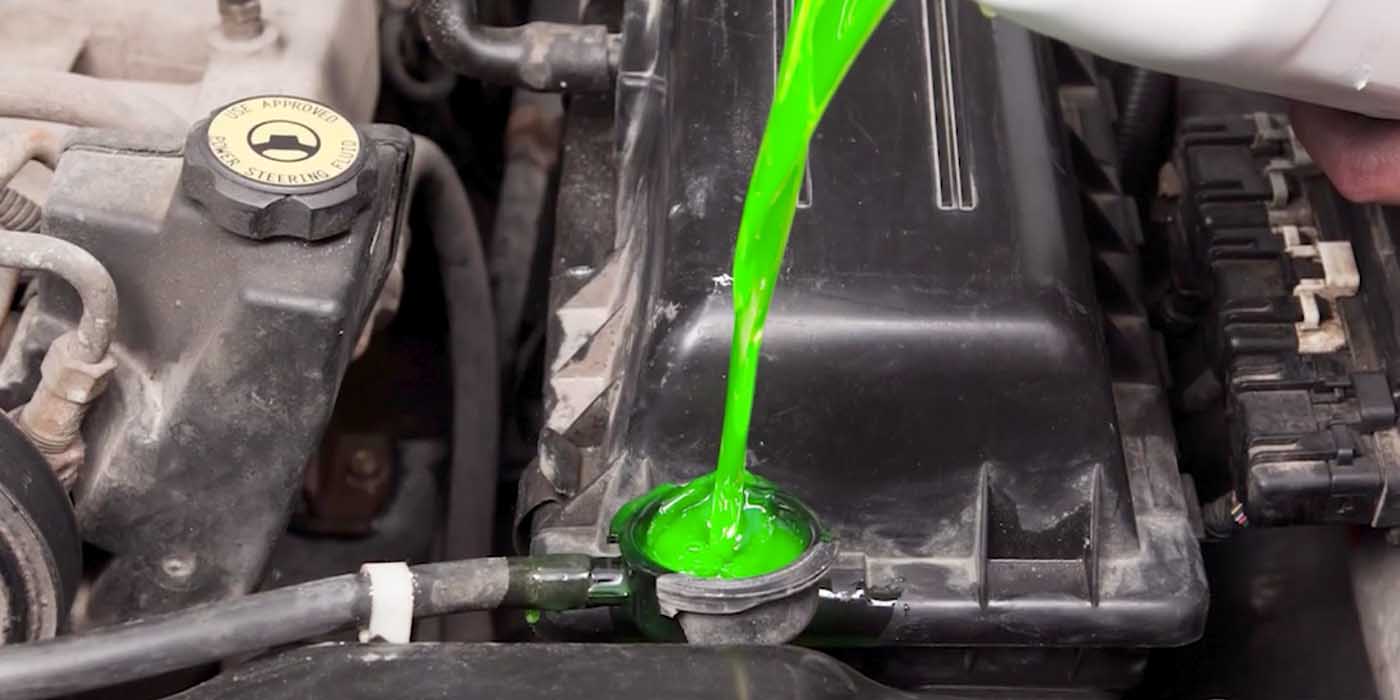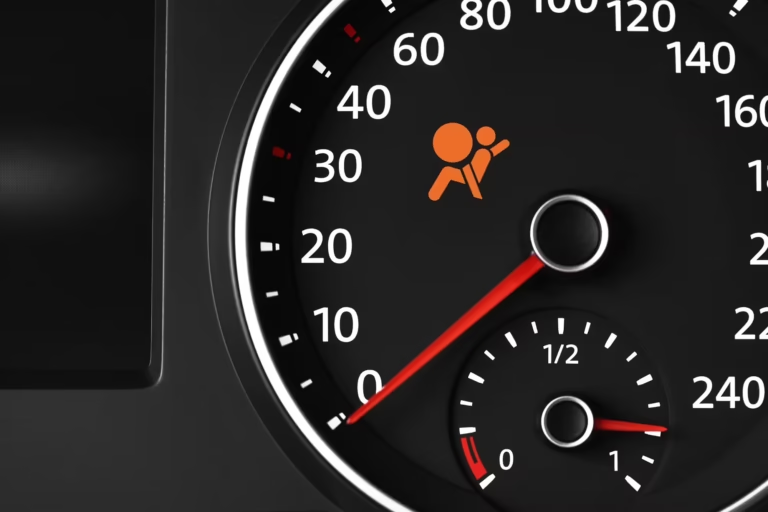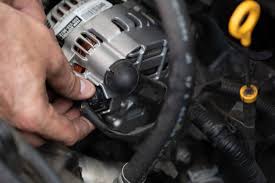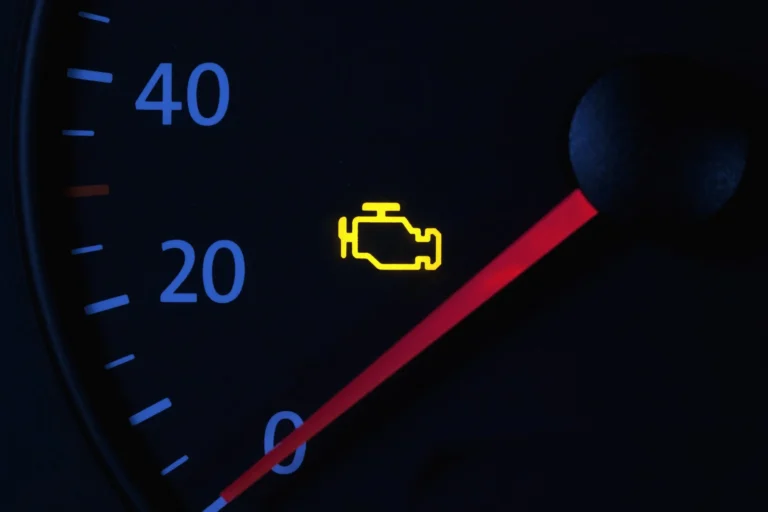Will the P0128 Code Clear Itself?

If your car’s Check Engine Light comes on and you see the P0128 code, you might be wondering whether it will clear itself or if you need to take further action. The P0128 code is related to your vehicle’s engine coolant temperature and can indicate a problem with your thermostat, coolant levels, or sensor. In this article, we’ll discuss whether the P0128 code will clear on its own and what steps you should take to address the issue.
What Does the P0128 Code Mean?
The P0128 code stands for “Coolant Thermostat – Below Temperature Threshold.” It is triggered when the Engine Control Module (ECM) detects that the engine coolant temperature is too low for the engine to reach its optimal operating temperature.
Several issues can cause this code to appear:
- Faulty thermostat: The thermostat may be stuck open, preventing the engine from warming up.
- Low coolant levels: Insufficient coolant can prevent the engine from reaching the correct temperature.
- Coolant temperature sensor malfunction: The sensor might be giving incorrect readings, causing the ECM to misinterpret the engine temperature.
- Wiring issues: Damaged or loose wiring could lead to false readings from the coolant temperature sensor.
Will the P0128 Code Clear Itself?
In most cases, the P0128 code will not clear itself without addressing the underlying issue. The code is a result of a mechanical or sensor problem, and the Check Engine Light (CEL) will typically remain on until the problem is fixed.
Here’s what usually happens:
- Engine Control Module (ECM) Detection: When the ECM detects that the engine coolant temperature remains below a certain threshold for a specified period, it will trigger the P0128 code.
- Persistent Light: As long as the underlying issue remains, the Check Engine Light (CEL) will stay illuminated, and the P0128 code will not clear automatically.
- Code Clearing: The code will only clear itself after the issue is resolved and the vehicle completes enough drive cycles (typically 10 to 20 cycles). However, if the problem persists, the code may reappear.
How to Clear the P0128 Code
While the P0128 code will not clear itself without fixing the underlying issue, there are a few ways to reset the code once the problem is addressed:
1. Fix the Problem
- Replace the Thermostat: If the thermostat is stuck open and preventing the engine from warming up properly, it will need to be replaced.
- Check and Top Off Coolant: Ensure that the coolant level is adequate and there are no leaks.
- Replace Faulty Sensors or Wiring: If the coolant temperature sensor or associated wiring is faulty, replacing them will likely fix the issue.
2. Perform a Drive Cycle
- After fixing the issue, perform a drive cycle, which is a specific pattern of driving your vehicle for a certain period of time. This allows the car’s computer to reset and the code to be cleared. It can take a few days of normal driving for the code to reset automatically after the problem is resolved.
3. Use an OBD-II Scanner
- You can clear the code manually using an OBD-II scanner. After addressing the issue, plug in the scanner to your vehicle’s diagnostic port and follow the instructions to reset the code.
What Happens If You Ignore the P0128 Code?
Ignoring the P0128 code can lead to several potential issues:
- Decreased Engine Efficiency: The engine may not operate at its optimal temperature, leading to poor fuel economy and increased emissions.
- Engine Overheating: If the thermostat is stuck open, the engine may struggle to reach the correct temperature, which can cause it to overheat in certain conditions.
- Long-Term Engine Damage: Running an engine at too low of a temperature for extended periods can cause excessive wear and potential long-term damage to engine components.
Therefore, it’s important to address the issue promptly to avoid further complications.
Conclusion
The P0128 code will not clear itself without addressing the underlying issue. The code typically indicates a problem with your vehicle’s thermostat, coolant levels, or coolant temperature sensor. While the code may reset after a few drive cycles once the issue is resolved, it’s essential to fix the root cause of the problem to avoid further damage to your engine.
Frequently Asked Questions (FAQs)
1. Can the P0128 code clear after a few drive cycles?
Yes, the code can clear after a few drive cycles if the underlying issue is fixed. However, if the problem persists, the code may return.
2. Is it safe to drive with the P0128 code?
It’s not recommended to drive long-term with the P0128 code, as it can lead to decreased engine performance, poor fuel efficiency, and potential long-term engine damage.
3. How do I reset the P0128 code?
You can reset the P0128 code by fixing the underlying problem (such as replacing the thermostat) and performing a drive cycle. Alternatively, you can use an OBD-II scanner to clear the code manually.
4. How do I know if the thermostat is the issue?
If the thermostat is stuck open, your engine may take a long time to warm up, or it may never reach the correct operating temperature. A mechanic can inspect the thermostat and replace it if necessary.
5. Will a low coolant level trigger the P0128 code?
Yes, if the coolant level is low, it can prevent the engine from reaching the proper temperature, which may trigger the P0128 code. Always check and top off the coolant if necessary.
6. Can I drive my car with a P0128 code?
While it’s generally safe to drive your car with a P0128 code in the short term, it’s best to address the issue as soon as possible to prevent long-term damage and poor engine performance.





